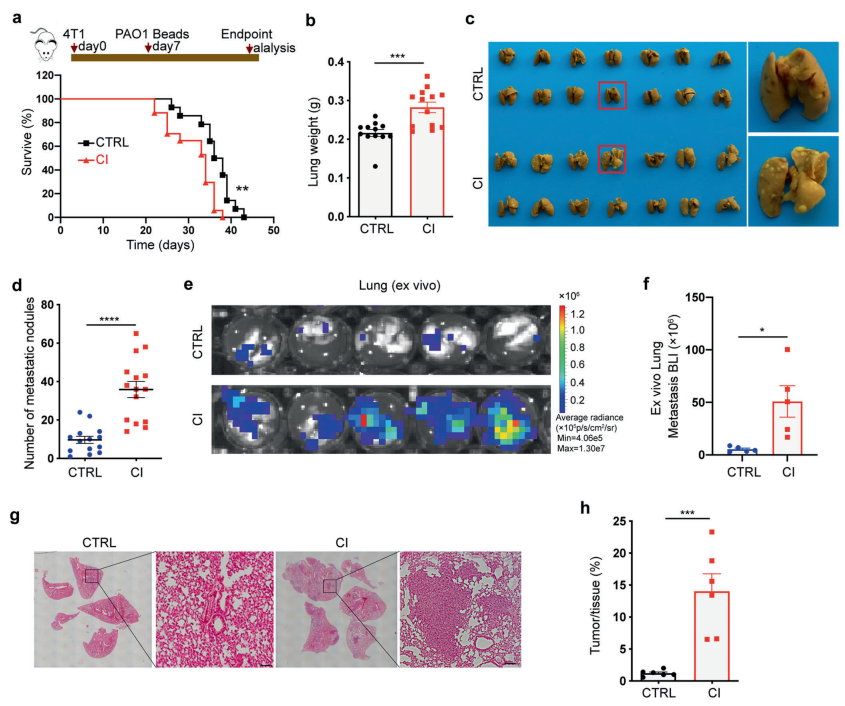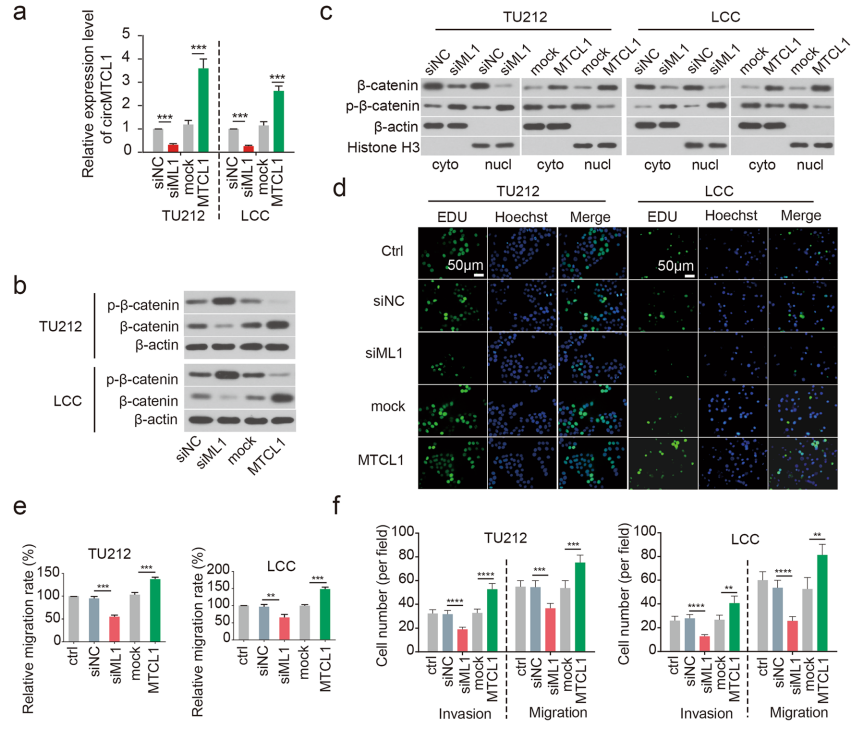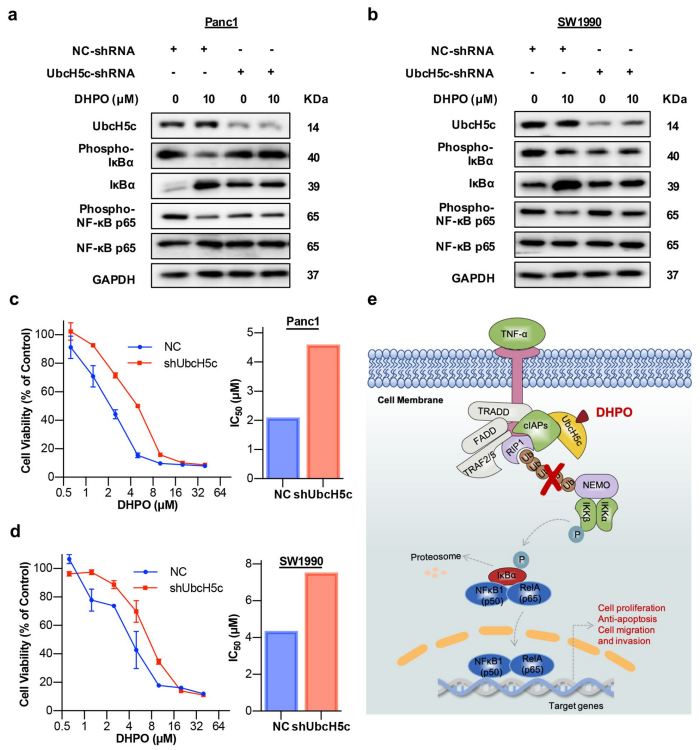
 Star products
Star products
 Follow Us
Follow Us

Scan and follow us
Learn more
Customer Case 1 :
Tianjin Medical University customer Published in Molecular Cancer,IF=41.444
Title : LINE-1 promotes tumorigenicity and exacerbates tumor progression via stimulating metabolism reprogramming in non-small cell lung cancer
Methods:H520 ( OV-L1-FGGY ) cells were infected with lentivirus carrying GPR31 / USP24 shRNA.

Figure6 L1-FGGY activates the Wnt signaling pathway of LUSC by accelerating GPR31 deubiquitination and enhancing 12S-HETE / GPR31 interaction.
Customer Case 2:
First Affiliated Hospital of Guangxi Medical University customer Published in Molecular Cancer,IF=41.444
Title : Exosome-mediated miR-144-3p promotes ferroptosis to inhibit osteosarcoma proliferation, migration, and invasion through regulating ZEB1
Methods : The reporter plasmids ( wt, mut ) cloned with the 3'UTR of ZEB1 gene and miRNA were co-transfected to verify whether they were combined. The 143 B cells were infected with lentivirus and adenovirus to overexpress or knock down the ZEB1 gene, and the stably expressed cell lines were screened according to the instructions.

Figure3 Exosome expression, function and downstream miR-144-3p/ZEB1 axis verification
Customer Case 3:
West China Hospital of Sichuan University customer Published in Signal Transduction and Targeted Therapy,IF=38.104
Title : Chronic pulmonary bacterial infection facilitates breast cancer lung metastasis by recruiting tumor-promoting MHCIIhi neutrophils
Methods : Obtain a mouse breast cancer cell line 4T1 and use luciferase lentivirus to generate 4T1 Luc cells.

Figure1 Chronic pulmonary P. aeruginosa infection promotes breast cancer lung metastasis.
Customer Case 4:
First Affiliated Hospital of China Medical University customer Published in Molecular Cancer,IF=41.444
Title :Circular RNA MTCL1 promotes advanced laryngeal squamous cell carcinoma progression by inhibiting C1QBP ubiquitin degradation and mediating beta-catenin activation
Methods :A lentiviral vector containing circMTCL1 shRNA was synthesized to construct a stable overexpression cell line.

Figure3 Efects of circ-MTCL1 on proliferation, invasion and migration through C1QBP in LSCC cells.
Customer Case 5:
Zhejiang Cancer Hospital customer Published in Molecular Cancer,IF=41.444
Title :Targeting E2 ubiquitin-conjugating enzyme UbcH5c by small molecule inhibitor suppresses pancreatic cancer growth and metastasis
Methods :Lenti-shUbcH5c infect pancreatic cancer cells

Figure7 Knockout of UbcH5 c reduces the anticancer activity of DHPO.

联系我们

返回顶部